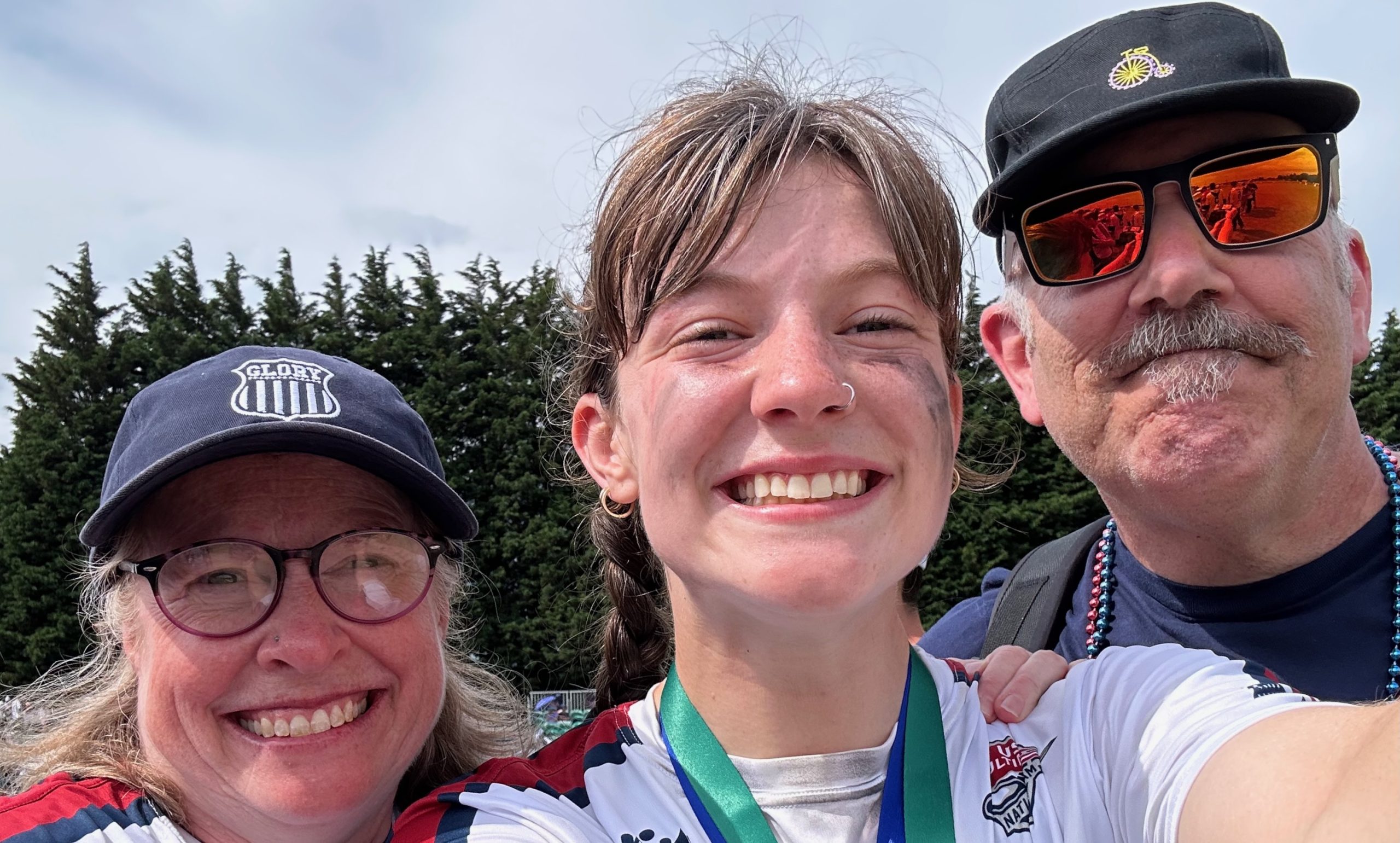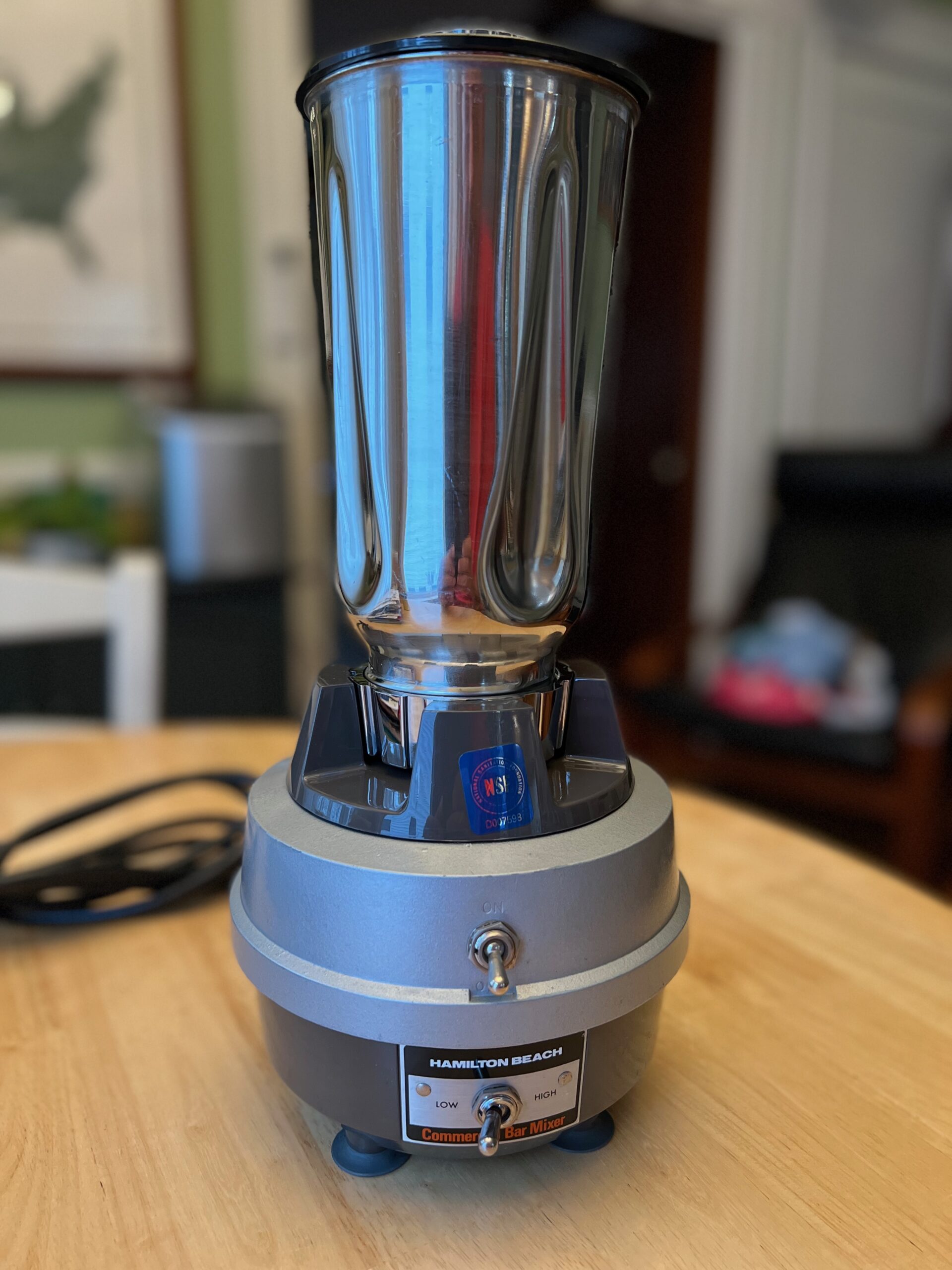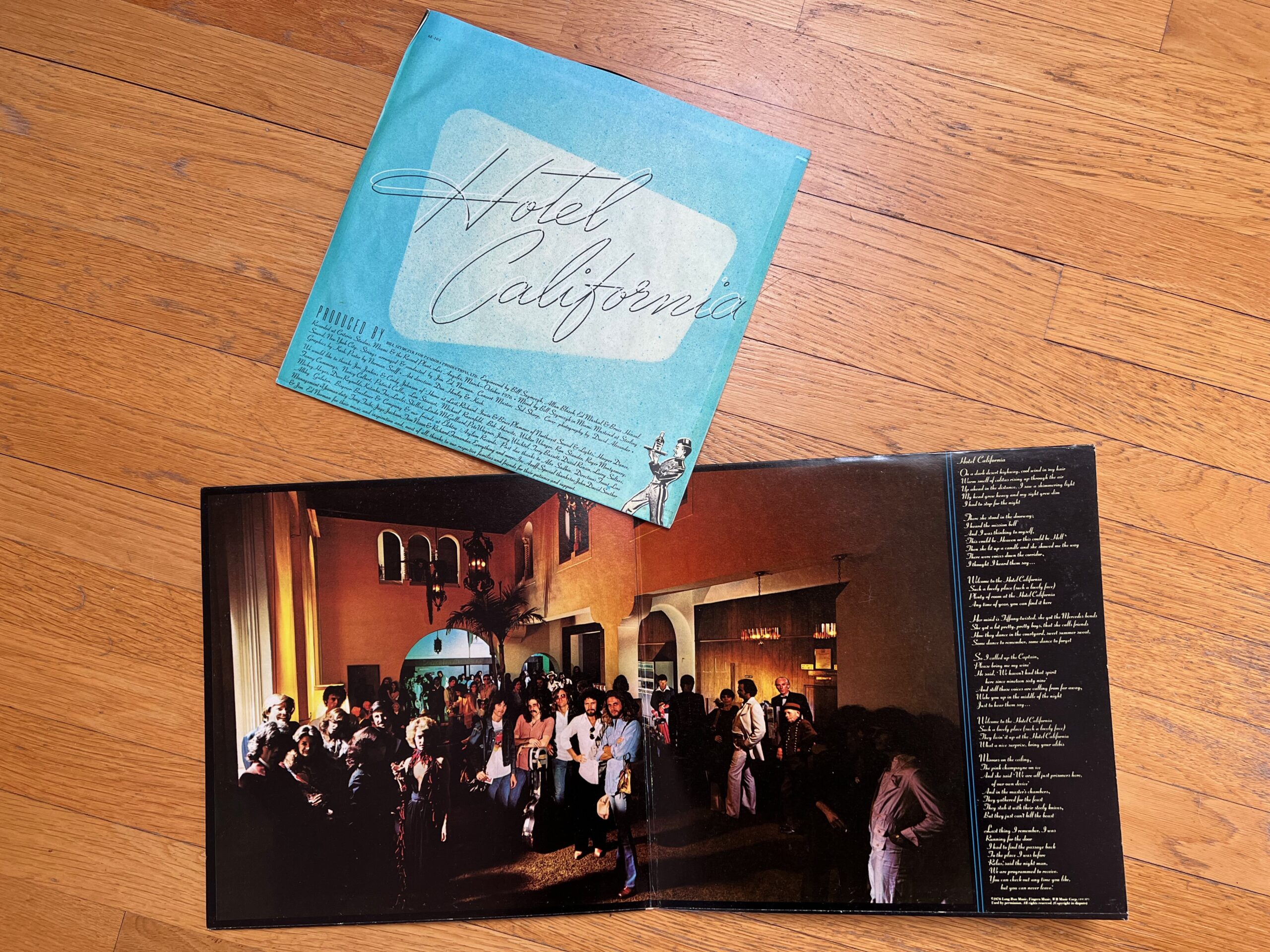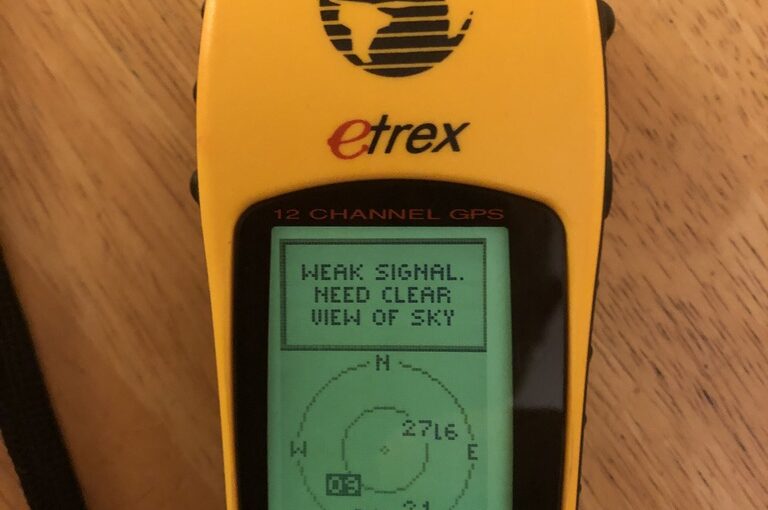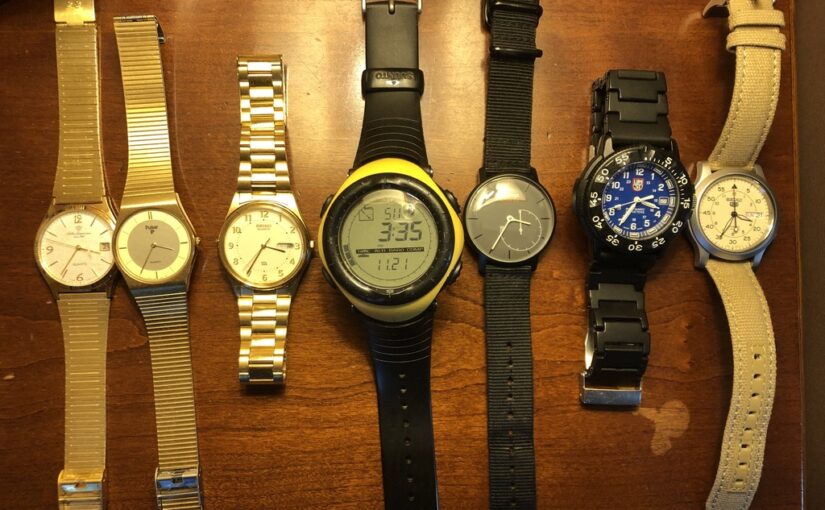You may be sensing a theme here in my titles. This time, we have followed Clara to Merry Olde England to watch her play in the WFDF World Under-24 Championships in Nottingham. Each (interested) country fields up to three teams — a Women’s (W) team, a Mixed (X) team, and an Open (O) team. The Open teams are generally all male, but the division is Open to all.
I have endeavored to support my children on their journeys with sport to the best of my ability, and when the younger two hit upon Ultimate Frisbee, it was something of a revelation. There are three core values (that I see) that really differentiate Ultimate from other sports. First is Spirit of the Game, which is (I am not quoting chapter and verse here; just summarizing from a layperson’s perspective) all about sportspersonship and fairness — valuing spirited competition over the final W/L result. Players of both teams celebrate good play, regardless of side, as do fans. Well, at least players and fans who were brought up with the tradition. In general, it is an integral part of the coaching and training, but there are always outliers. I can remember attending one high school matchup where it felt like we were playing a hockey team that had just been given a disc and the rules of how to score. They were just bullies on the field, and their parents were just as vociferous and mean-spirited as the worst of youth sport parents. It felt exceptionally foreign and jarring, given my other experiences with the sport. In general, you would be very hard pressed to find a more collegial group of competitors.
The second value that I see displayed over and over, is inclusivity. The Open division is truly open to all, though honestly, after high school where there is often only one team, you see few non-male players on an open team. But there are plenty (never enough, to be sure) of women’s teams, and what’s unique in the sport (well, I confess, I am not much of an expert) is that they have a mixed division (ok, ok, mixed tennis doubles comes to mind, ice skating, ice dancing, etc, but can you name other large team sports?) In this tournament, there were 22 countries represented, with 14 sending Women’s teams, 15 sending Open teams, and 16 sending Mixed teams. 10 countries fielded teams for all three divisions, but nine countries sent just one team, and of those nine, six were playing in the mixed division only. In what other sport would you see that? Many of the sponsors are vocal supporters of diversity and inclusivity.
The final value that makes Ultimate special, is that it is almost exclusively self-refereed. Players call fouls on each other, and on themselves at times. When there is a dispute about a call, the players must work it out, and when they can’t, the disc goes back from whence it came, and play continues from there forward — a do-over of sorts. At some tournaments, there are now “observers,” who are there to assist the players working out disputes, and who may, if the players request, and if they had a good view of the incident, make a call. Watching players have to work things through is really pretty inspirational. You do not see tantrums, or hysterics. There is no “bad guy” (ref) to blame for bad calls. That aspect of play is simply absent. It is again something that is core to the values of Ultimate frisbee — fair play — and it is taught and encouraged at every level.
At the end of the tournament, the three US teams racked up a combined record of 27-0 and each came out on top of their respective divisions, which is honestly par for this particular course. But for the first time, a US team also won their division’s Spirit of the Game award — the mixed team! After each game, each team sits down and awards points to the other in five categories: Rules, Fouls, Fairness, Attitude, and Communication. Add those five categories up, and you get a spirit score, and average that score over the games played, and the team with the highest score wins the Spirit of the Game award, and this award is represented with a trophy and medals for the players, just like coming out on top of the competition.
But really, I came here to celebrate Clara and her team. As I mentioned in passing, the team didn’t lose a game, but not only that, they won with an average margin of victory of 10 points. That bests the Open team’s average margin (9) and the Women’s (8). So, for them to beat their competition so soundly, and still earn the Spirit of the Game medal is really pretty astounding.

Here’s another observation. If you were to look at the player stats for the championship bracket, which the US team clearly dominated, you won’t see a US player on the board until 11th place (Go Henry!!) To me, that points to a supremely well-rounded team, where everyone is contributing. And there are lots of reasons for this, of course. First, the US has a deep pool of exceptional Ultimate players to pull from. But equally important (at least!) was the coaching staff, who were simply outstanding. This team had one weekend together about four weeks before the tournament, and they came a week before the competition started to get some practice together. And in those 9ish days, the coaching staff molded three exceptionally cohesive lines of eight players, and they pretty much rotated those three lines. Since there are seven players on the field at a time, one of those players sits out. They did have to deal with injuries and illness (Covid strikes again!), but they kept with this system throughout the tournament, and it certainly seems to have paid off. They also emphasized love and family in their community. We could not have asked for better!

All in all, it was a glorious week of watching Clara and her teammates shine. Congratulations to them, and to the rest of Team USA!!
